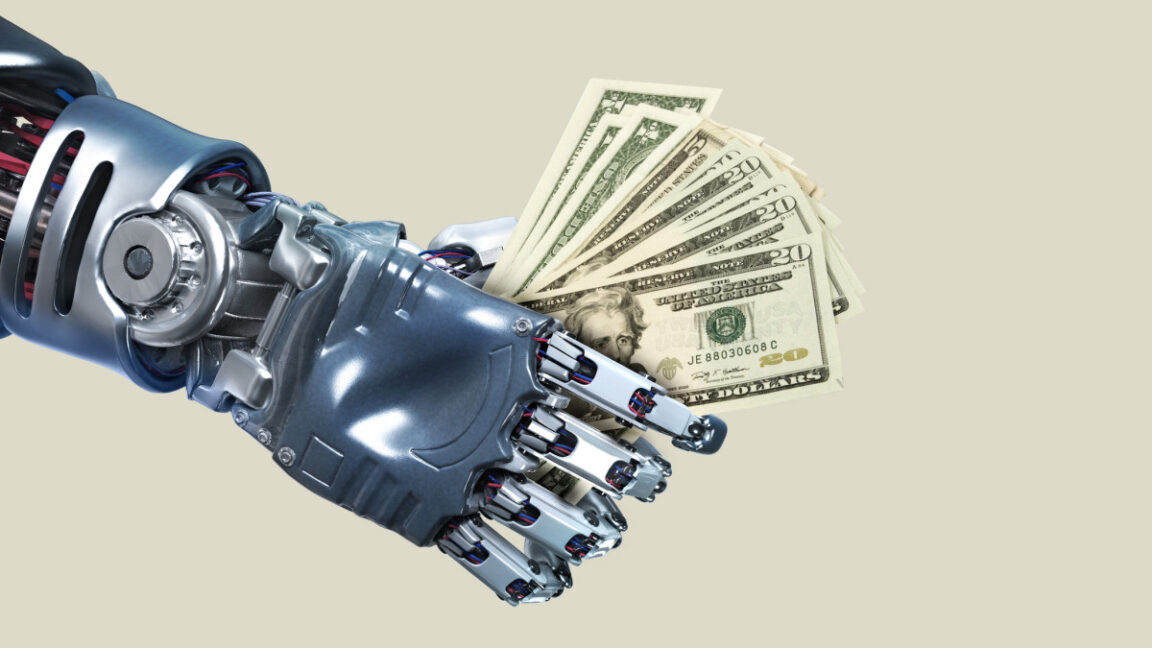The Real Reason You Haven’t Been Replaced by AI Yet

AI is often touted as the imminent threat to countless jobs worldwide, its capacity to replace human labor seemingly ready to be unleashed. Yet, the anticipated wave of mass layoffs still hasn't happened. Fear, rather than technical readiness, is what restrains this transformation.
In conversations about Generative AI, generational divides become apparent. Those under 35 see AI’s impact as immediate and pressing. However, many over 35 predict a longer wait of five to ten years for significant labor shifts. This conservative view veils the urgency behind the AI revolution, which is politically, not technologically, delayed. Corporate fear of being a prime scapegoat for job losses keeps CEOs waiting to see who will act first.
Palantir's CEO, Alex Karp, hints at reduced workforce numbers despite a vision for revenue growth, exemplifying a trend where AI efficiency could replace human roles. Similarly, Amazon, with over a million robots at its disposal, predicts a decline in its human workforce as AI continues equipping machines with greater capabilities.
Political hesitation adds to the dilemma. CEOs, wary of receiving public backlash, await governmental guidance. However, current lawmakers, comparable to the cautious older workforce, are unprepared to tackle the displacement crisis head-on. The gap in policy further delays necessary actions such as developing safety nets for displaced workers or addressing shifts in healthcare for an aging workforce.
In the meantime, hiring freezes become common as managers justify human roles over potential AI replacements. This situation heavily impacts entry-level job markets, as seen by a 15% drop in such job listings. Moreover, job cuts tied to AI, especially within the tech sector, are rising, with recent figures showing an influx of over 806,000 private-sector job cuts.
The movement towards AI integration is underway, not halted by its inability to replace workers but by the current fear-driven corporate landscape hesitating to initiate such changes. Yet the question remains, for how long will this hesitation last?



